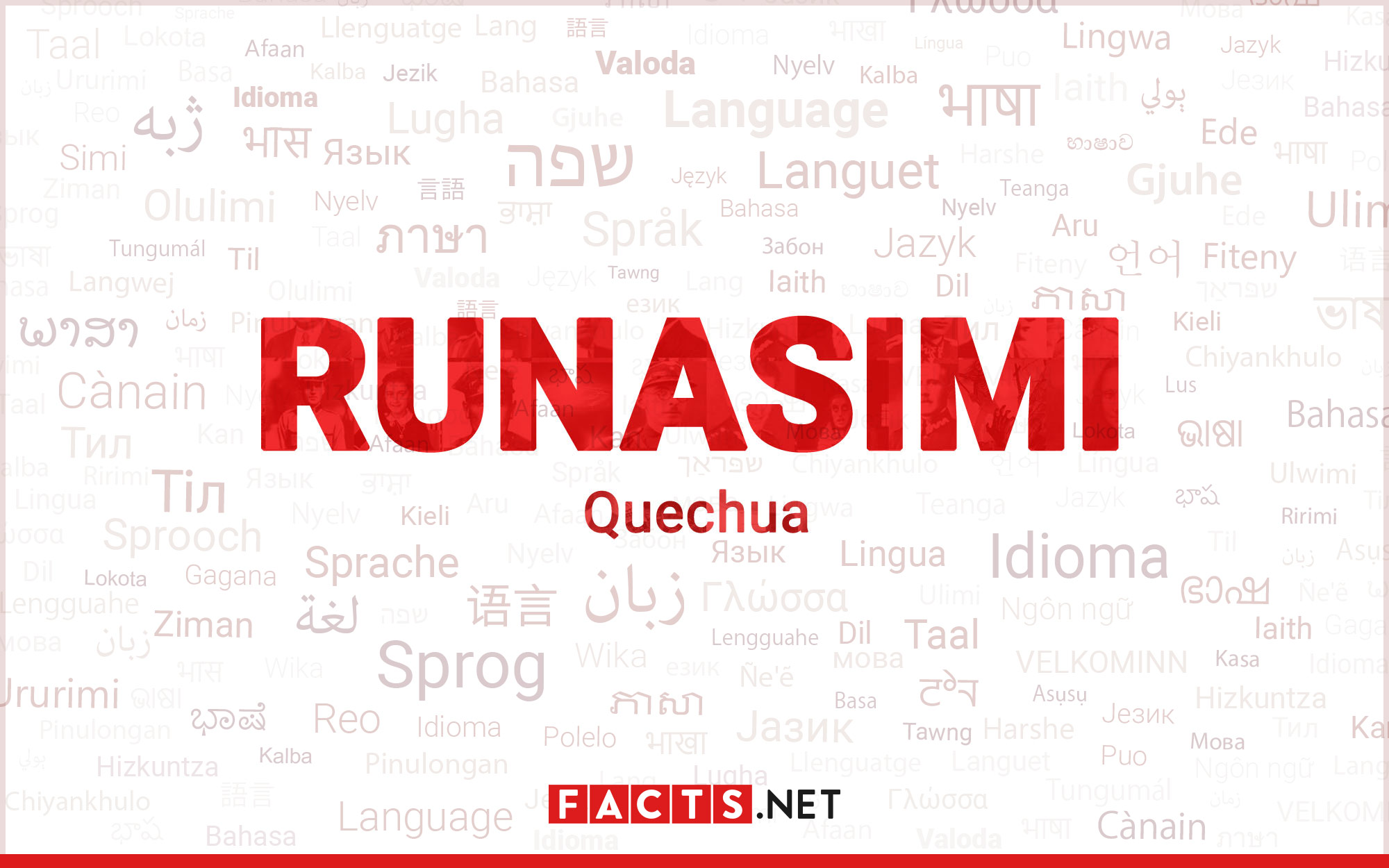
Quechua, one of the most widely spoken indigenous languages in South America, carries with it a rich history and cultural significance. Originating in the Andean region, Quechua has been preserved and passed down through generations, spanning centuries of indigenous traditions. In addition to its linguistic value, Quechua serves as a vibrant connection to the rich tapestry of Andean culture and heritage.
In this article, we delve into the fascinating world of Quechua by exploring 10 intriguing facts about this unique language. From its complex grammar to its significant role in shaping the indigenous identity, Quechua continues to captivate linguists, historians, and language enthusiasts worldwide. So, let’s embark on this journey to uncover the hidden gems of Quechua and gain a deeper appreciation for the linguistic and cultural diversity of South America.
Key Takeaways:
- Quechua is one of the oldest languages, spoken for over 2,000 years in the Andean region. It has diverse dialects and has influenced Spanish, making it a symbol of resilience and cultural identity.
- The United Nations recognized the importance of preserving Quechua and other indigenous languages in 2016. Despite historical challenges, Quechua continues to thrive in modern culture, influencing music, literature, and films.
One of the Oldest Languages in the World
Quechua is one of the oldest languages still spoken today, with roots dating back over 2,000 years. It originated in the Andean region of South America and was the language of the mighty Inca Empire.
Widely Spoken Across the Andean Region
Quechua is spoken by millions of people across the Andean region, including Peru, Bolivia, Ecuador, Colombia, and parts of Argentina and Chile. It is considered an official language in Peru and Bolivia.
Diverse Dialects
Quechua is not a uniform language, but rather a group of closely related dialects. There are numerous variations of Quechua, each with its own distinct characteristics, vocabulary, and pronunciation.
Influence on Spanish
The Spanish spoken in the Andean region has been heavily influenced by Quechua. Many Quechua words and expressions have been incorporated into the Spanish language, enriching its vocabulary.
An Oral Tradition
Historically, Quechua was primarily an oral language, with no written script. It was passed down through generations through storytelling, songs, and oral traditions, preserving its rich cultural heritage.
Recognized by the United Nations
In 2016, the United Nations declared the International Year of Indigenous Languages, recognizing the importance of preserving and revitalizing endangered languages like Quechua.
Quechua in the Modern World
Despite historical challenges, Quechua has persevered and continues to thrive in the modern world. Efforts have been made to promote its use in education, media, and cultural events.
Quechua in Popular Culture
Quechua has gained recognition in popular culture through its inclusion in music, literature, and films. It has provided a unique artistic voice and representation for the indigenous communities of the Andean region.
Quechua’s Influence on Andean Traditions
Quechua language and culture have deeply influenced the traditions, beliefs, and practices of the Andean people. It is intertwined with their daily lives, ceremonies, and relationships with nature.
A Symbol of Resilience
Quechua is not just a language; it is also a symbol of resilience and cultural identity. Its preservation and revitalization are vital for the recognition and empowerment of indigenous communities.
Conclusion
Quechua is a fascinating language with a rich history and cultural significance. From its origins in the Inca Empire to its revitalization efforts in the present day, Quechua continues to play a vital role in the lives of millions of people. Its unique grammatical structure, vibrant vocabulary, and connection to indigenous traditions make it a language worth exploring.
By delving into these 10 intriguing facts about Quechua, we gain a deeper understanding of its complexity and importance. Whether you’re a language enthusiast, a traveler, or simply curious about different cultures, Quechua offers a captivating linguistic journey that connects us to a vibrant and resilient community. So, take the time to appreciate and celebrate the beauty of Quechua, and let its history and heritage inspire you.
FAQs
1. Can anyone learn Quechua?
Absolutely! Quechua is open to anyone interested in learning. There are resources available online, as well as language courses and immersion programs that can help you get started.
2. Is Quechua still spoken today?
Yes, Quechua is still spoken by millions of people, primarily in the Andean regions of South America. It is considered an official language in Peru and Bolivia, and efforts are being made to preserve and promote its use.
3. How difficult is it to learn Quechua?
Like any language, the difficulty of learning Quechua depends on the individual’s dedication and learning style. However, with proper resources and practice, it is very much achievable for language learners.
4. Are there different dialects of Quechua?
Yes, there are many dialects of Quechua due to its widespread usage across multiple regions. Each dialect has its own unique variations in pronunciation and vocabulary.
5. Can I use Quechua for travel in South America?
While Spanish is more commonly spoken in urban areas, knowing Quechua can be beneficial, especially in rural and indigenous communities. It shows respect for the local culture and can help in developing meaningful connections.
Was this page helpful?
Our commitment to delivering trustworthy and engaging content is at the heart of what we do. Each fact on our site is contributed by real users like you, bringing a wealth of diverse insights and information. To ensure the highest standards of accuracy and reliability, our dedicated editors meticulously review each submission. This process guarantees that the facts we share are not only fascinating but also credible. Trust in our commitment to quality and authenticity as you explore and learn with us.
